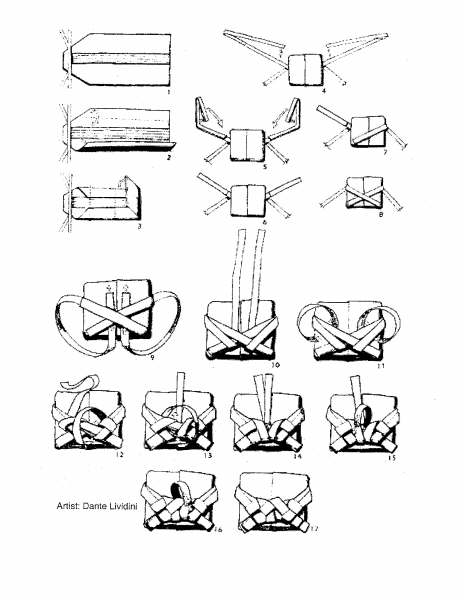In Reverence of The Hakama

Some may say it looks like a skirt. Some, a divided skirt used for riding. To others, it is the honor earned through years of dedication, practice and respect for the principles of Japanese martial arts. What I am talking about is the Hakama. Originally used as outerwear for the protection of a horseman’s legs (much like cowboy chaps) from weeds, brush and chafing, the hakama was used only by the proud samurai warriors. In those times, leather was difficult to be had thus necessitating the use of heavy cloth instead. After the mounted samurai were converted to on-foot warriors, the samurai continued to wear the hakama for the purpose of easy distinction above other classes. Now, as a standard part of the garments worn in martial arts schools, the hakama stands as a symbol of the Samurai codes and principles and an honor bestowed upon "yudanshas" or black belts. There are seven folds of the hakama, each with their own symbolic meaning of seven values.:

1. Yuki - courage, valor, bravery
2. Jin - humanity, charity, benevolence 3. Gi - justice, righteousness, integrity 4. Rei - etiquette, courtesy, civility (obedience) 5. Makoto - sincerity, honesty, reality 6. Chugi - loyalty, fidelity, devotion 7. Meiyo - honor, dignity, prestige
In the traditional teachings of O-Sensei Morihei Ueshiba, all students of the martial arts, particularly Aikido, should wear the hakama referring to the "Dogi" (shirt and pants uniform) as underwear. Many stories have been told of how O-Sensei chastised students coming to class without their hakamas. For him, it was like the students askimg him to teach them martial arts in their underwear. "The hakama prompts us to reflect on the nature of true bushido. Wearing it symbolizes traditions that have been passed down to us from generation to generation. Aikido is born of the bushido spirit of Japan, and in our practice we must strive to polish the seven traditional virtues."-O-Sensei


Due to the rigidity of O-Sensei’s requirement, some of his students relate how, with the difficulty of procuring cloth for the hakama due to poverty, they would take old futon covers and fashion then dye these into black hakamas. While these proved to work for a while, the stuffings came out eventually. Also, with the cheap quality dye eventually fading, the original colored patterns of the futon would emerge making the dojo "colorful" with the various colored hakamas. In modern times however, some schools have opted to bestow the honor of wearing the hakama only to the black belt students. Some allow female students to wear hakamas earlier than their male counterparts in preservation of modesty seeing as "gis" were viewed as underwear. Different martial arts schools have different ways of tying a hakama. It would be best to consult the dojo’s sensei on how to properly tie on the hakama before practice. With all the honor the hakama stands for, it is not treated like any old piece of laundry to be balled up and stuffed in a bag after a practice session. Folding and putting away the hakama is a ritual dutifully followed by the yudanshas who are given the honor of donning it.







